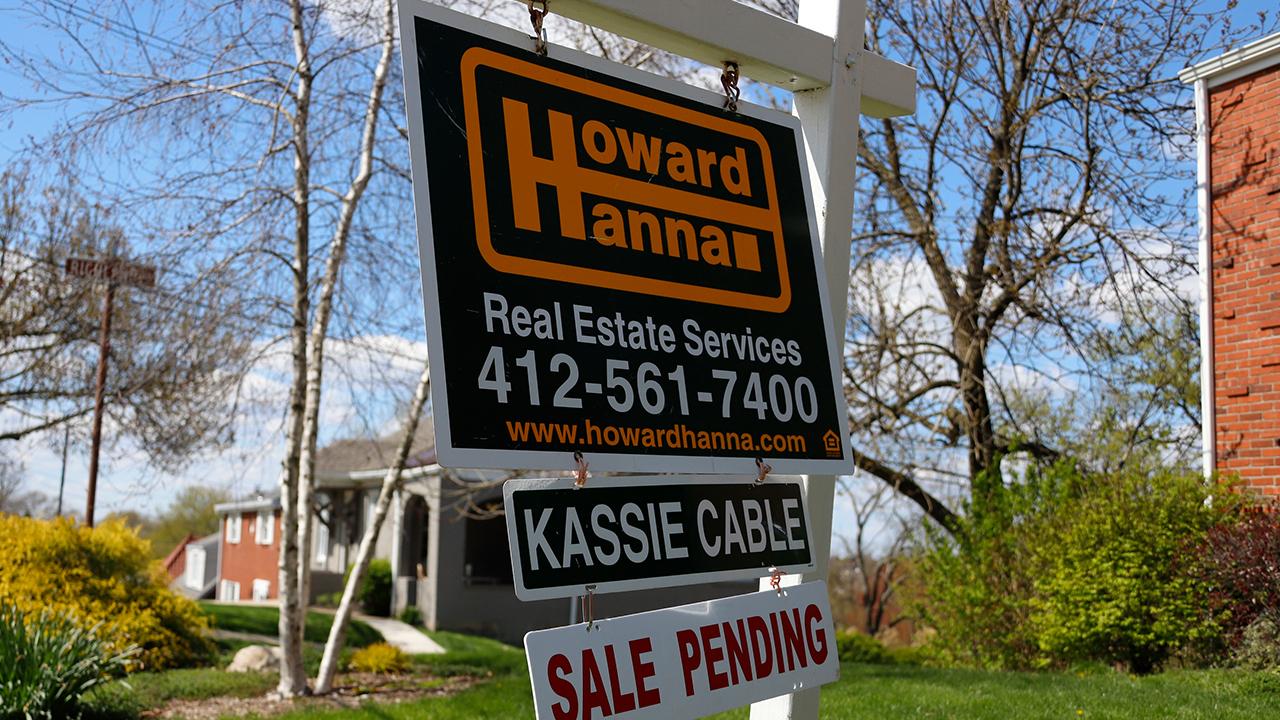Home foreclosures in 'holding pattern' amid ban on eviction
About 3 percent of those homes, or 7,650, are sitting empty (so-called "zombie properties). That's down slightly from 3.1 percent in the previous quarter
The number of home foreclosures and vacant properties awaiting foreclosure dipped in the second quarter of the year amid federal and state bans on evicting tenants who are unable to pay their rent during the coronavirus pandemic.
In the second quarter, 258,024 properties were in the process of foreclosure, down 8.8 percent from the first quarter of the year, according to a report released Thursday by ATTOM Data Solutions, an Irvine, Calif.-based property data provider.
About 3 percent of those homes, or 7,650, are sitting empty (so-called "zombie properties). That's down slightly from 3.1 percent in the previous quarter.
WHAT HAPPENS TO YOUR UNEMPLOYMENT BENEFITS IF YOU'RE CALLED BACK TO WORK?
The percentage of zombie foreclosures was highest in Ohio (6.7 percent), New Mexico (5.5 percent), Indiana (4.8 percent), Illinois (4.7 percent) and Iowa (4.5 percent). The lowest rates, all under 1.3 percent, were in South Dakota, Iowa, New Hampshire, Utah, New Jersey, Connecticut and Colorado.
“The foreclosure and zombie-property picture hasn’t changed much in the second quarter of this year as most lenders are barred from taking action against homeowners who are falling behind on their mortgages," said Todd Teta, chief product officer at ATTOM. "We are in a holding pattern across the country as long as the moratorium continues."
HALF OF AMERICANS SAY CORONAVIRUS HAS IMPACTED THEM FINANCIALLY
Although there’s a federal moratorium on evictions in place through the end of July, it only applies to rental properties with federally backed mortgages. An estimated 28 percent of rental properties nationwide are protected by the moratorium. Several banks, including JPMorgan Chase and Wells Fargo, have agreed to halt foreclosures and temporarily waive mortgage payments for borrowers whose finances have been impacted by the outbreak.
Most states have adopted some type of guardrail against evictions for renters who are unable to pay their rent, but that ban as expired in some states, including Texas and Wisconsin. Similar moratoriums in Arizona, Colorado, Hawaii, Tennessee and Nebraska are set to lift at the end of May.
MNUCHIN: PROLONGED SHUTDOWNS COULD CAUSE 'PERMANENT' ECONOMIC DAMAGE
A recent survey found the virus outbreak has affected the income of nearly two-thirds of all renters. Just 52 percent of respondents expected to be able to pay their full rent in May, compared to 69 percent who indicated they paid April’s rent in full, according to Grace Hill, a company that develops technology for the property management industry.
Rent and mortgage payments are typically the largest monthly expense for Americans: One in four tenant families pays more than half of its income in rent, a rate that’s even higher in cities like San Francisco and New York, according to Harvard’s Joint Center for Housing Studies.
GET FOX BUSINESS ON THE GO BY CLICKING HERE




















